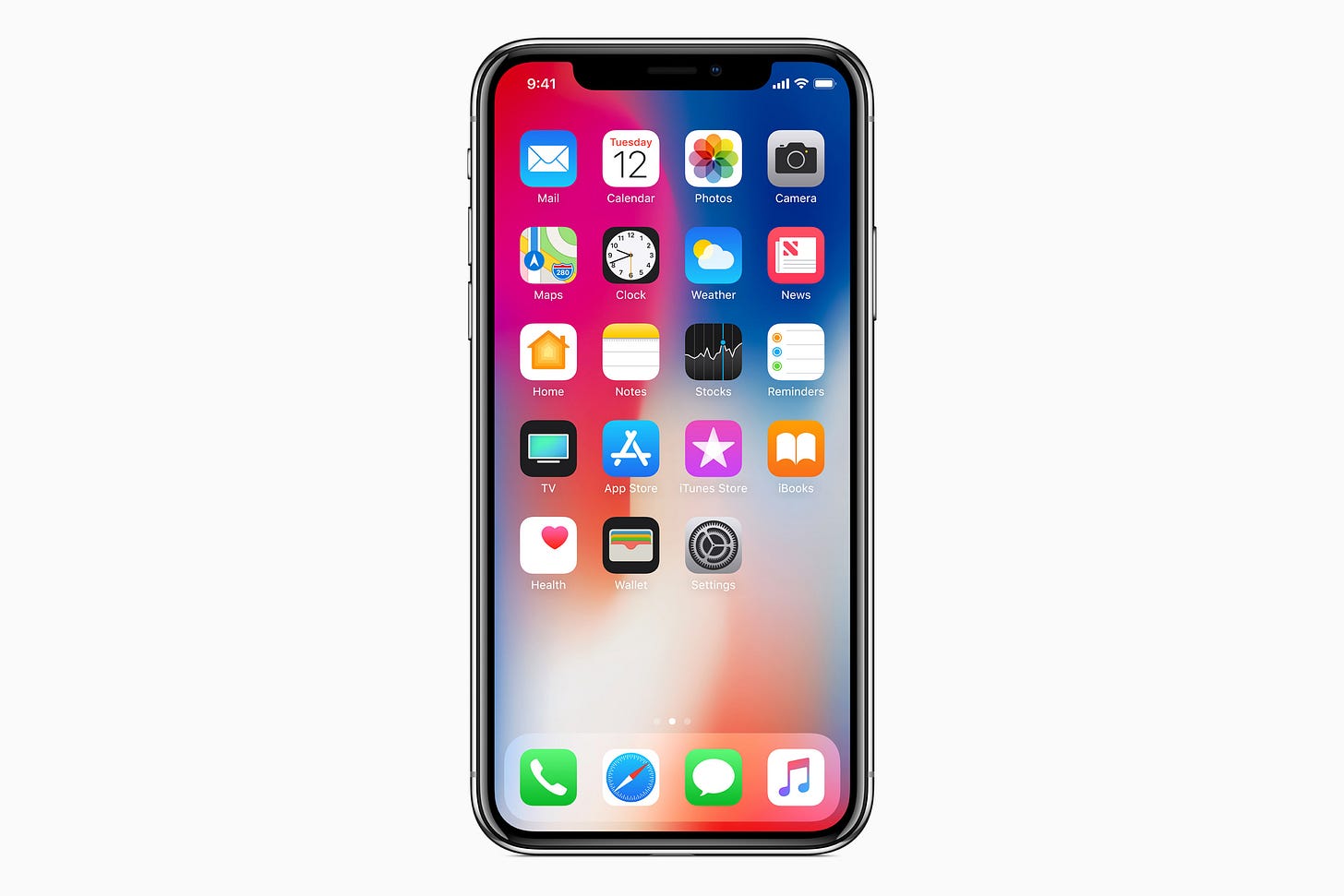Bezel balance
The captivity of symmetry
Welcome back to Multicore for Thursday, March 23rd.
There is perhaps little of less consequence than debating the size of bezels around smartphone screens, but never let it be said that Multicore doesn't sweat the details. It's a perennial topic in the phone world, and for some reason I've seen more people talking about it of late.
Here's notorious anonymous leaker Ice Universe, pointing out that essentially only Apple now puts out phones with symmetrical bezels on all four sides:


Ice Universe isn't wrong, and they're also clearly plugged into the Chinese supply chain, regularly tweeting out accurate leaked information alongside slightly unhinged rants about the state of Samsung phone design. An earlier post of theirs, for example, says the upcoming iPhone 15 Pro Max will have record-thin bezels of 1.55mm, versus 2.17mm on the 14 Pro.
Here's 9to5Google's Max Weinbach half an hour later:

Weinbach isn't wrong either. I don't think anyone really bases their purchasing decision on this, as evidenced by the almost total lack of Android phones with symmetrical bezels today. But I think the topic speaks to the priorities of the companies that make these products.
Here's Apple's iPhone X from 2017. It was the first iPhone with an OLED display, and the first where Apple got rid of the Home button and the chunky bezels at the top and bottom of the screen.
Apple made a big deal at the time of using breakthrough OLED technology where the display component could be folded back on itself to enable a thinner bottom bezel. Any screen needs to have a flex cable somewhere (usually at the bottom) in order to hook up display drivers to the motherboard, and this was Apple's solution.
A year later, Apple released the iPhone XR, a cheaper spin on the X design that used an LCD panel. Here's what it looked like:
Keep reading with a 7-day free trial
Subscribe to Multicore to keep reading this post and get 7 days of free access to the full post archives.



